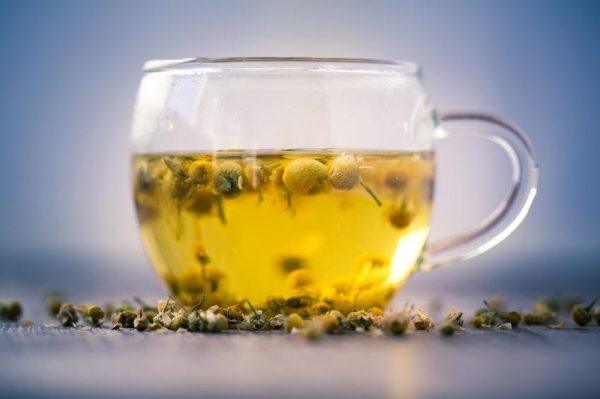Natural Living Ideas
November 12, 2015 by

Sipping tea is not a new art and countless cultures have been doing so for centuries. The history of tea spans back to its birthplace, China. An old legend states that an Emperor, Shen Nung, an avid herbalist was sitting under a tree while his servant boiled some drinking water.
When the leaves from the tree blew into the water, the Emperor decided to try the mixture and was pleasantly surprised by the taste. The tree, Camellia sinensis is what we now call tea.
What is chamomile tea?
Unlike green or black tea, chamomile tea actually comes, not from a tree but from a daisy-like plant. Plants in this family produce tea that is most commonly known for its relaxing, sleep-inducing properties. A flavonoid, chrysin, found in the plant is partially responsible for its reputation as a sleep aid.This herbal tea has a fruit-like flavor similar to apple and besides being delicious, has a number of valuable therapeutic properties. It has been found to contain 28 terpenoids and 36 flavonoid compounds including the bioactive components – coumarins, flavonoids, terpenoids and mucilage. Together, these properties give this delicate little flower its potent healing touch.
The dry chamomile flower is known for its anti-inflammatory, antioxidant, antifungal, antispasmodic, anti-ulcer and astringent healing properties.
Here are just a few of the ways that a warm cup of chamomile tea can improve your health and wellbeing.
Read More Here

No comments:
Post a Comment
Hello and thank you for visiting my blog. Please share your thoughts and leave a comment :)